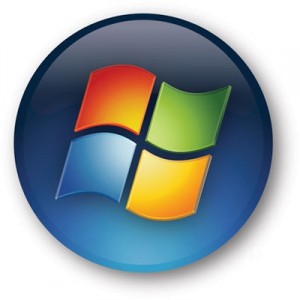
Software giant Microsoft Corporation has posted financial results for its second fiscal quarter of the year, ending on December 31, 2010, and surprised market-watchers by coming up with revenue of $19.95 billion for the quarter, which translated into operating income of $8.17 billion and net income of $6.63 billion. The numbers were buoyed by 55 percent revenue growth in Microsoft’s Entertainment division, with the company moving more than 8 million Kinect sensor systems for its Xbox 360 game console—and, of course, the success of Kinect translated into sales of Xbox 360 systems, game titles, and Xbox Live subscriptions.
“We are enthusiastic about the consumer response to our holiday lineup of products, including the launch of Kinect,” said Microsoft’s chief financial officer Peter Klein, in a statement. “The pace of business spending, combined with strong consumer demand, led to another quarter of operating margin expansion and solid earnings per share growth.”
However, while Microsoft says more than 300 million licenses for Windows 7 have been sold, looking into the numbers finds that Windows sales missed forecasts by some $300 million. During a conference call discussing the results, Klein noted that netbooks are “past their prime”—sales of netbooks have declined, along with the Windows licenses that accompany them—and consumers are moving towards other form factors. Klein offered no guidance as to when Microsoft plans to begin competing in the tablet space.
However, Windows is still a juggernaut of cash for Microsoft: even with sales dropping 30 percent compared to a year ago (thanks to deferred revenue from Windows 7 pre-sales), the operating system still generated over $5 billion in revenue. Microsoft’s Office suite also had a banner quarter, with a 24 percent rise in revenue to $6 billion.
Microsoft continued to tout reported satisfaction rates with its new Windows Phone 7 platform, re-iterating its claims that 93 percent of Windows Phone 7 customers are satisfied with the product, developers are getting on board, and the company is committed to the platform over the longer term.
Microsoft’s online division continued to lose money, with its Bing search engine seeing its revenue loss increase by 17 percent compared to a year ago to $543 million. However, Microsoft clearly has the pockets to keep playing in the search market for a long time at a loss: the company currently has over $41 billion in cash and short-term assets on-hand.
Editors' Recommendations
- How to alphabetize lists in Microsoft Word
- Windows 11 might nag you about AI requirements soon
- The next big Windows 11 update has a new hardware requirement
- Save $150 on a lifetime license for Microsoft Office for PC
- You’re going to hate the latest change to Windows 11

